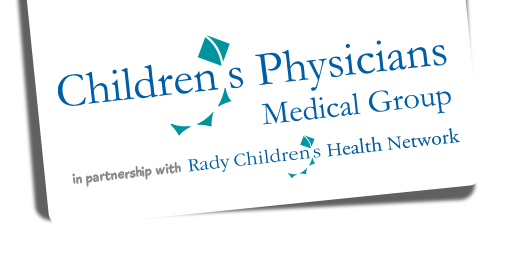
This time of year, it feels like all I do is talk about fevers. There are a ton of misconceptions about fevers (temperatures of 100.5° F, 38 C, or higher) that cause anxiety, leading to unnecessary doctor and hospital visits — and you don’t want to be in an emergency room with a sick child if you don’t need to be!
Though many people believe fevers are bad, they are, in fact, an effective way for our bodies to fight off infection. We treat fevers because they make us feel miserable, not because they’re dangerous. There’s no degree of fever from illness that is going to hurt a child.
Parents also worry that a high fever will cause a seizure. About 4% of kids actually can seize with fevers; the other 96% never will, regardless of the temperature. Kids are either born in one group or the other. The National Institute of Health has very good information on febrile seizures at this site: http://www.ninds.nih.gov/disorders/febrile_seizures/detail_febrile_seizures.htm
Many parents believe fever reducers (ibuprofen/acetaminophen) should completely eliminate a fever, or that how well they work is related to the seriousness of the illness. We expect fever reducers to bring the temperature down one or two degrees and take the edge off of how bad a child feels — a fever that doesn’t respond well is not necessarily a sign of something more serious.
As far as when to use a fever reducer, I look at the child, not the number. A miserable child without a fever deserves some pain relief, whereas a child who’s bebopping around the house at 102° F (38.8 C) probably doesn’t need anything.
Some fevers CAN be a sign for more concern. We want to see any baby under three weeks of age with a rectal temperature of 100.5 F or higher in your doctor’s office or a pediatric emergency room. Babies between three weeks and three or four months should also e seen if they develop a fever (other than in the day after they receive their vaccinations), but generally can wait to be seen in their regular doctor’s office.
Temperatures of 105 F (40.5 C) or higher are not dangerous, but can be a sign of a more serious illness – any child whose fever reaches 105 F should be seen by the next morning at your regular doctor’s office or an Urgent Care. Also, kids who continue to have fevers after three or four days should probably be checked in their regular pediatrician’s office to ensure nothing else is going on.
Obviously, fevers can accompany things that might make you want to have a child seen sooner, like ear pain or a sore throat (especially in the absence of a runny nose). A child who feels miserable with the fever but is better when a fever reducer brings it down a degree or two is less worrisome than a child who is as listless and cranky at a lower temperature. Fevers can cause headaches, make children breathe faster and make their hearts pound, all of which should improve when a temperature decreases. Drinking fluids is important with a fever, eating is not.
As always, if your parental instinct is telling you there’s something wrong with your child, then have her seen, but if your only concern is the fever itself, generally you can rest easy and give her body the opportunity to heal.








Leave a Reply